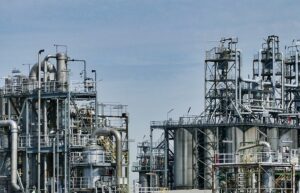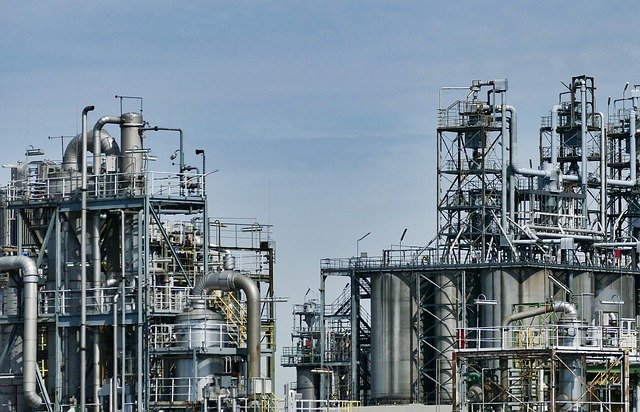-
The Philippine manufacturing sector declined 11.3% in volume and 14.2% in value in October 2020, the eighth consecutive month of decrease
-
In terms of industry groups, petroleum products led the decline with -99% growth in both volume and value, followed by printing (-53.4%) and tobacco products (-48.7%)
-
Manufacturing’s average capacity utilization rate in October was 67.2%, a decrease from 69.2% in the previous month

The Philippine manufacturing sector contracted in both volume and value for the eighth consecutive month in October 2020, the fall led by double-digit declines in petroleum products and printing.
The Volume of Production Index (VoPI) dropped 11.3% year-on-year in October 2020, faster than the 8.6% downturn in September 2020, according to the Philippine Statistics Authority’s (PSA) latest Monthly Integrated Survey of Selected Industries.
Contributing to the faster decline of VoPI in October 2020 were reductions in the indices of 15 industry groups, led by petroleum products (-99.1%), printing (-53.4%), and tobacco products (-48.7%).
The Value of Production Index (VaPI) likewise declined at an annual rate of 14.2% in October 2020, faster than the 12.4% drop in September 2020.
Pushing down the VaPI in October 2020 were the decreases in the indices of 15 industry groups. The top three industry groups with negative growth rates were petroleum products (-99.2%), printing (-52.8%), and footwear and wearing apparel (-49.2%).
Based on responding establishments, the average capacity utilization rate for the manufacturing sector in October 2020 was 67.2%, a decrease from 69.2% in the previous month.
Seven of the 20 industry groups had at least 80% average capacity utilization rate, led by machinery except electrical (91.3%) and followed by electrical machinery (87.4%), and non-metallic mineral products (86.0%).
About one-fifth of responding establishments operated at full capacity, PSA noted.
The proportion of establishments that operated at full capacity (90% to 100%) was 21.6% of the total number of responding establishments. A total of 41.1% operated at 70% to 89% capacity, while 37.3% operated below 70% capacity.





